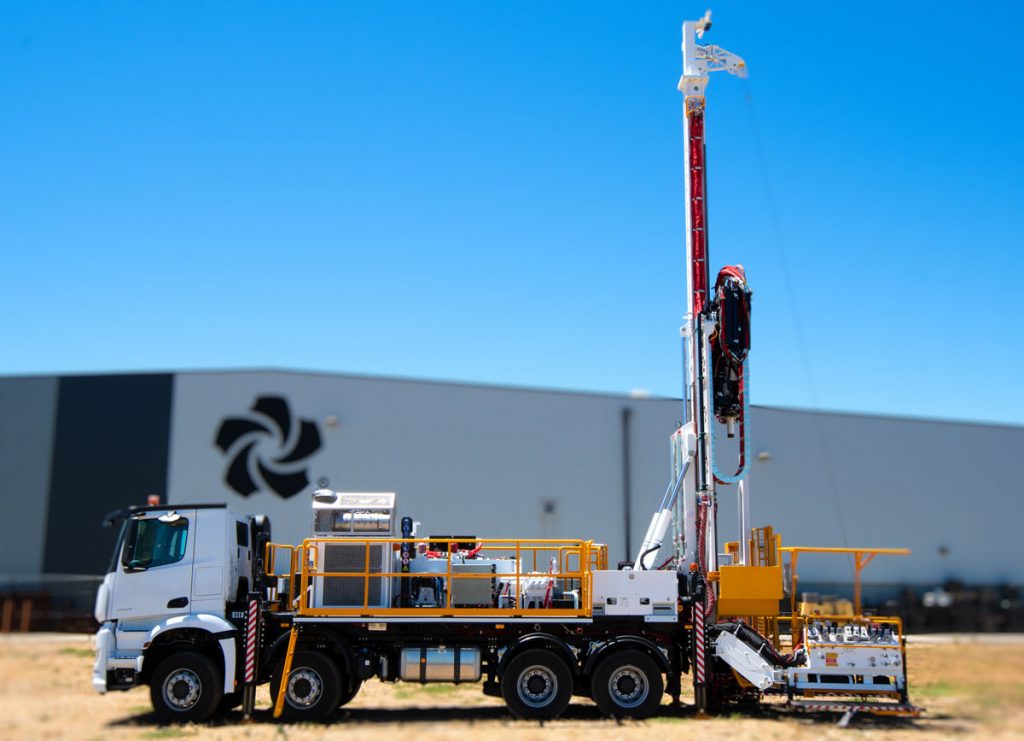Smart personal protective equipment offers more safety insights
Smart personal protective equipment offers more safety insights
Unlike traditional PPE, smart personal protective equipment has the extra appeal of responding to the wearer’s surroundings. Many smart PPE devices have sensors built-in to monitor the wearers’ movement, location, environment, temperature, and even heart rate. This monitoring gives more actionable insights for injury prevention.
One example is color-changing gloves. These gloves’ materials detect airborne toxins in the workplace and change color to alert workers. –
… but it presents some lesser-known risks
Alongside smart wearables’ protective (and pretty cool) rewards come additional safety risks. These can come in the form of hindered ergonomics, obstruction, harmful materials, and even dangerous distraction. For example, workers can be caught off-guard or interrupted by real-time messages popping up or audio diverting their attention at critical moments.
As such, you’ll need to revise your PPE training programs to introduce the newly adopted technology. Besides just proper “don, doff, adjust, and wear” (under US OSHA, for example), your expanded training programs should also cover smart PPE’s:
- potential hazards and dangers of improper usage
- required inspection and proper maintenance (which may need to be carried out by specialists or a third-party provider)
- limitations, such as of its detecting range or protection capacity (e.g., temperature and weight limits)
- safe and proper disposal when no longer in use, such as electronic or battery components
Be sure to bring on this technology only if you truly need it – not as a nice-to-have. First make sure that your activities require an extra level of insight into safety. If so, look at how you might need to adapt your procedures or restrict the smart PPE’s features to avoid hazards.
It enables a swifter reaction time after incidents
Like with more effective injury prevention, smart personal protective equipment allows you to react more efficiently when the inevitable does happen.
Take the example of a fall. In this situation, a smart wearable detects the sudden, drastic drop of the worker’s distance from the ground and changes in heart rate. Then, it alerts the site by triggering an emergency setting through the connected network or dialing for emergency and paramedic assistance. As a result, teams are aware of the incident in less time, and there’s more chance of preventing the injury from worsening.
… that is, if you have the right resources to start with
Smart PPE’s convenience comes at a cost. In addition to the expanded training and proper maintenance mentioned above, you’ll also need to ensure additional resources.
Back-ups and bandwidth
Authorities recommend keeping conventional PPE available for backup at least during the transition period. And as you get employees up to speed on how to properly use smart PPE, make sure they’re still up to date on how to do so for the previous equipment. That means double the storage, double the training, double the effort.
A reliable (and unrestricted) connection
Your business can only leverage real-time communications if your network connection is powerful enough. Should your network go offline, all the advantages of faster collaboration and data transmission go out the window? And even with a reliable connection, keep in mind that your data security parameters might cause a problem. If your technological infrastructure is closed due to certain confidentiality reasons, this benefit will be blocked before you begin.
Standardization for smart personal protective equipment is starting to pick up.
Smart technology is a fairly new (and sometimes confusing) concept in the realm of EHS. However, the European Committee for Standardization (CEN) recently tried to put this topic into official terms. The committee defines smart PPE as “personal protective equipment that … exhibits an intended and exploitable response either to changes in its surroundings/environment or to an external signal/input.” And the CEN also published a standardization request for EU member states to follow suit.
Some countries have answered this call, already initiating a standardization process for smart PPE. Germany’s Kommission Arbeitsschutz und Normung is in the process of doing so for wearable and smart textile/non-textile elements. The original post pointed to more information by the end of this year, but more details are more likely to come in 2022. Looking at the bigger picture, due to smart PPE’s wide range of variety, standardization across the globe could be a gradual process. And even once standards are in place, they won’t put requirement confusion to an end.











